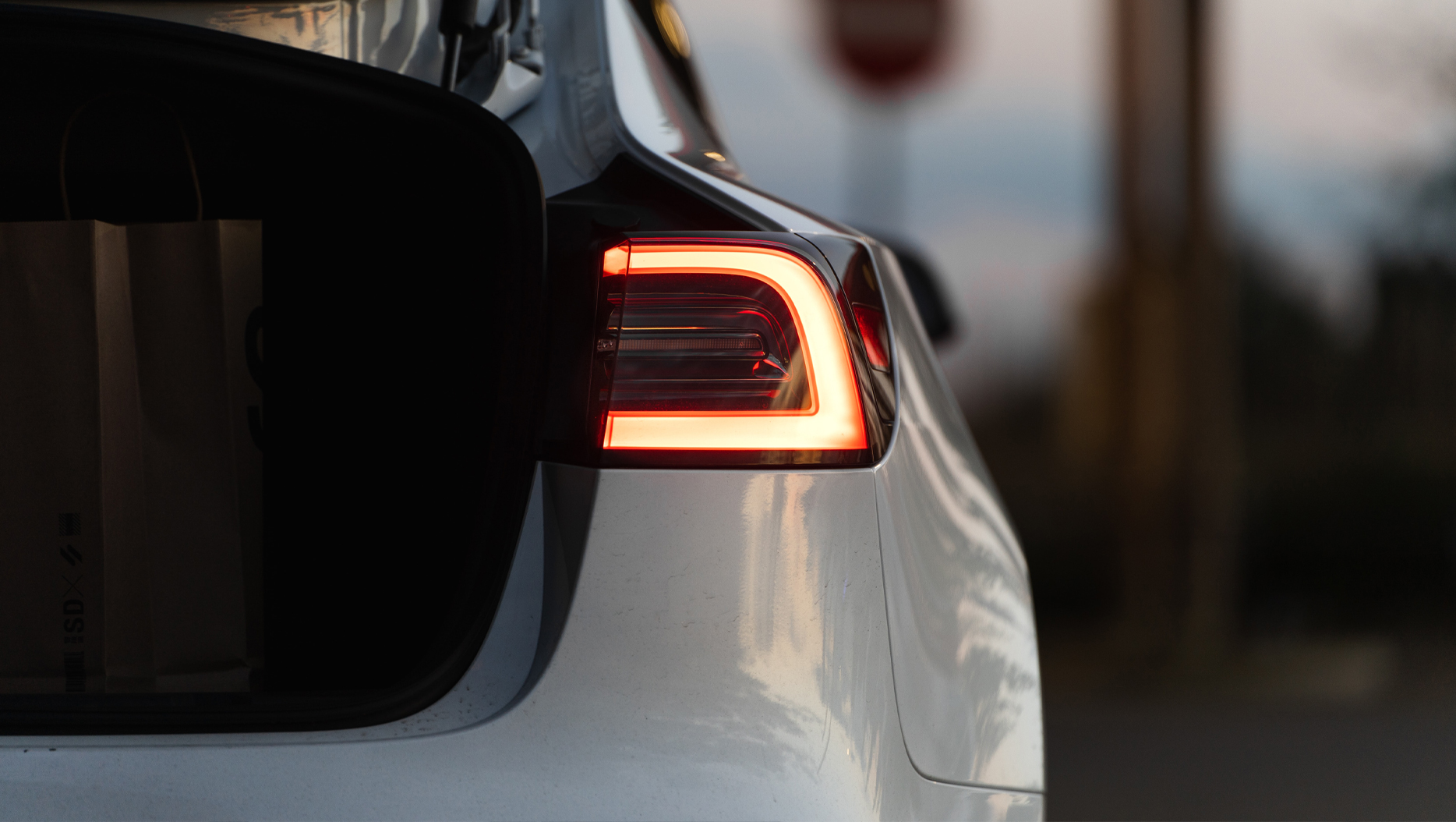What is regenerative braking on an electric car?
You might hear a lot of talk about regenerative braking when it comes to electric cars, but what is it and how does it work?
As its name suggests, regenerative braking uses the forward momentum of the car when you lift off the accelerator to recharge the on-board batteries. It turns that momentum back into electrical energy that is fed back into the car’s batteries for later use. And, like an old bicycle with wheel-driven dynamo lights, when you stop moving, so the regenerative braking ends.
In most electric cars, you can also tailor the strength of that regenerative braking to suit your own preference or the roads you’re driving on. Sometimes this can be a very light setting, occasionally referred to as a ‘sailing’ or ‘coasting’ mode which minimises any rolling friction and maximises your free-wheeling ability. This is sometimes preferable on faster roads.
On the highest levels though, this can bring the car to a halt with a strength equivalent to pressing the brake pedal quite hard. The advantage of this is that you can often learn to drive an EV almost entirely in this mode by adapting the pressure on the throttle pedal with your right foot, often referred to as ‘one-pedal driving’ and barely using the brake pedal.
The force of the regenerative braking in these higher levels can be so forceful and so sudden that most cars will also activate the rear brake lights to warn drivers behind you that the car is braking.
Where some electric cars vary is that these regenerative braking levels can be adapted either as a simple on/off switch to multiple different levels. Some of the latest EVs take it one step further by adding a further ‘automatic’ mode to the regenerative braking. So, the driver can choose a strength level or the car can do it for you using forward-facing cruise control radar and information from the sat nav to decide on how strong your regenerative braking should be.
The other issue to bear in mind is when the battery is fully-charged on some plug-in hybrids and fully electric cars. Then the regenerative braking often won’t offer the same stopping power as the battery is already full, meaning you have to rely on the traditional brakes.
Some trip computers can even show you how much energy or ‘free’ miles you’ve gained through regenerative braking over a period of time. And while the battery charge and the electrical energy gained from regenerative braking is fairly minimal, it’s still nice to know that you’re effectively getting some ‘free’ motoring miles as a result. Regenerative braking shows that there is such a thing as a free lunch after all.
